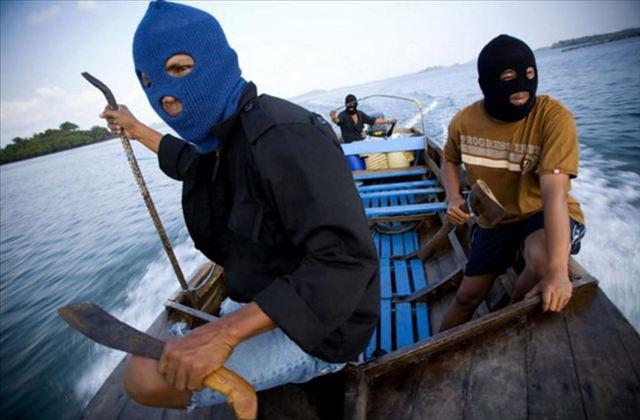
Offloading oil from tankers may sound like a easy procedure since many people presume the crude oil to be viscose and easy to pump out like purring coke in to a glass but this is not the case and can be best compared to removing cold vegetable oil from a container or for those that have seen cold coconut oil in a bottle.
Offloading oil from tankers has a process that must be followed carefully since marine oil tanker vessels are in constant danger of fire that may destroy a vessels and cause unprecedented damage and oil pollution to the neighboring marine life and beaches.
For this reason the is a strict protocol that must be followed before offloading oil from tankers beginning from when the vessels are out at sea till they reach the offloading bay in ports and harbors. After loading of the vessel it is usually prepared for the voyage, much of the extra equipment used in board the vessel when loading, and offloading is securely fastened for the journey.
During the voyage the vessel may look as if it is just carrying a payload and sailing but there are specialized machinery hard at work within the tankers hull and in the tanks.
This specialized machinery is used to maintain the crude oil at a fixed temperature, thus maintaining the oils viscosity which also makes the loading and offloading oil from tanker, process much easier.
Another reason for the adoption of this method by oil shipping vessels would be the greatly reduced amount of crude oil that would be left in the vessel in the past this process known as crude oil washing was improvised due to the sticky nature of the cargo and many companies had to bear a huge fines or reduced pay for the oil stuck on the tank walls which could amount to 10-15% of the bulk load in the past.
This problem was discussed among the industry heads and addressed to vessel manufacturers who had to modify the vessels to meet this market demand or be left out as newer vessels were procured to keep up with the demand for oil on the 20th -21st centuries. It began with the development of machines that would heat the oil externally and pump the hot oil back to the vessel, which would then be used to wash the sticky oil off the vessels tank walls before pumping back the oil to the heating station. This process would be repeated several times until the tanks had been drained to an acceptable level.
This method of crude oil washing was effective and is still used on some vessels during offloading oil from tanker vessels today. With the introduction of technology a newer method of maintaining a thinner viscosity of the crude oil was introduced, this system would see the installation of heating pipes at the bottom of the cargo tanks which would supply a steady amount of heat to the oil thus keeping the oil thin enough to pump easily out of the tanks and in to the storage facilities without requiring any crude oil washing since the heating would make the oil thin and runnier reducing the sticky effect on the vessels tank walls.
This new method of offloading oil from tankers has also come with some critics, with different critique of the industry. Firstly this new heating systems have been blamed of increasing the danger of fires and deadly explosions both out at sea and in ports and harbors. This has been pin pointed to the highly explosive gasses that are emitted by the crude oil during the heating process, another major concern is fire since lighter fuel is more susceptible to catching fire than thicker fuels which are far more heat resistant and take higher temperature before composting.
Easier environmental may be the mostly effective debate towards the disadvantage since environmentalist have proved that thinner oil drains faster from grounded vessels and creates far more damage since it leaks and moves faster than thicker crude oil leads which are easier to contain. Although the skeptics always have a point of two to discourage new methods or technologies we must realize that these technologies are only developed to improve the energy efficiency of our planet and that technological advance are made to improve people’s life times not to make life harder.
After the vessel delivers its cargo to the port or harbors the heating process is maintained until all the oil has been pumped out of the tanks and in to the storage facilities on the harbor. Offloading oil from tankers has developed many changes in the past century and many more development are expected to improve safety issue both on board and environmental in the future.
Offloading Oil from Tankers - Procedure Explained,







